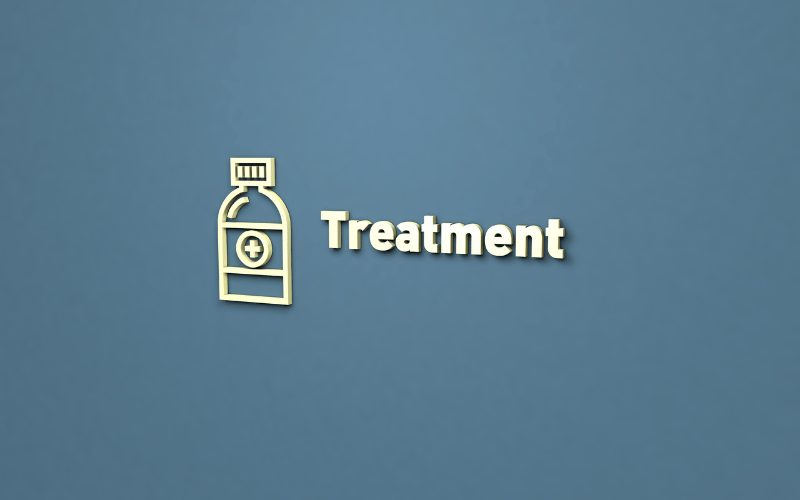Fact 5: Treatment Options

Before we jump to more invasive methods, it’s important to note that most gastric ulcers respond well to medication. The first line of defense against ulcers usually involves a combination of drugs. Proton pump inhibitors (PPIs) like omeprazole or lansoprazole reduce stomach acid, giving the ulcer a chance to heal. Another commonly prescribed drug is ranitidine, a type of antacid that works by blocking the production of acid.
For ulcers caused by the H. pylori bacteria, antibiotics become a critical component of the treatment regimen. A combination of drugs, often amoxicillin and clarithromycin, is given to ensure the bacteria are thoroughly eliminated. This not only aids in healing the current ulcer but also plays a preventive role, ensuring ulcers don’t make a recurring appearance.
A less talked about but valuable player in the treatment landscape is the use of cytoprotective agents like sucralfate or misoprostol. These medications create a protective layer over the ulcer, shielding it from further damage by stomach acids and promoting healing.
In cases where the ulcer doesn’t respond to medication, is exceptionally large, or has led to complications like bleeding, surgery might be on the cards. Surgical interventions could range from removing the ulcer, tying off a bleeding artery, to patching up a hole in the stomach wall. While not the first choice, these procedures can be life-saving in critical situations.
There’s no one-size-fits-all when it comes to ulcer treatment. Depending on its cause, location, and severity, the treatment approach may vary. Regular follow-ups, monitoring, and adhering to prescribed medications play a pivotal role in recovery. (5)